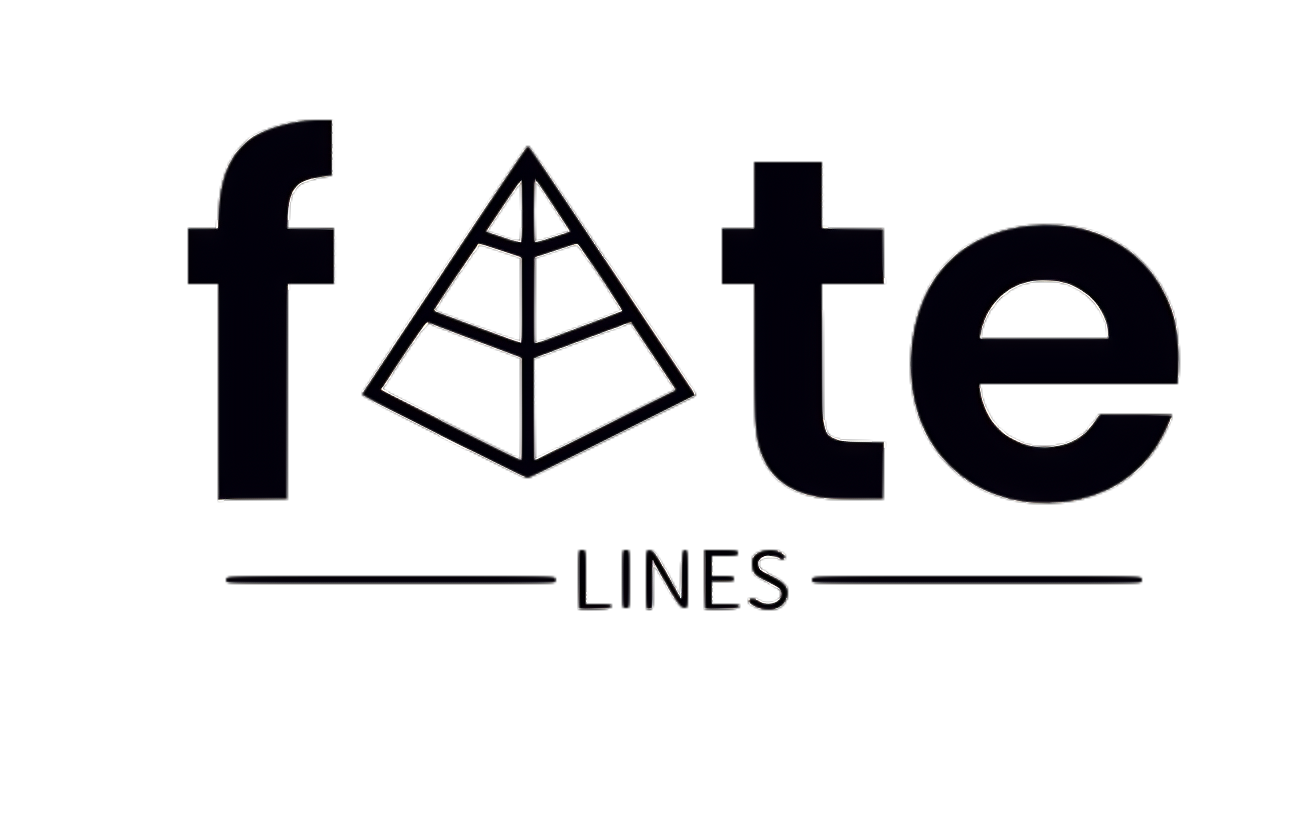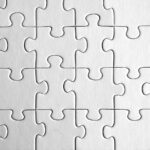Mythology
-
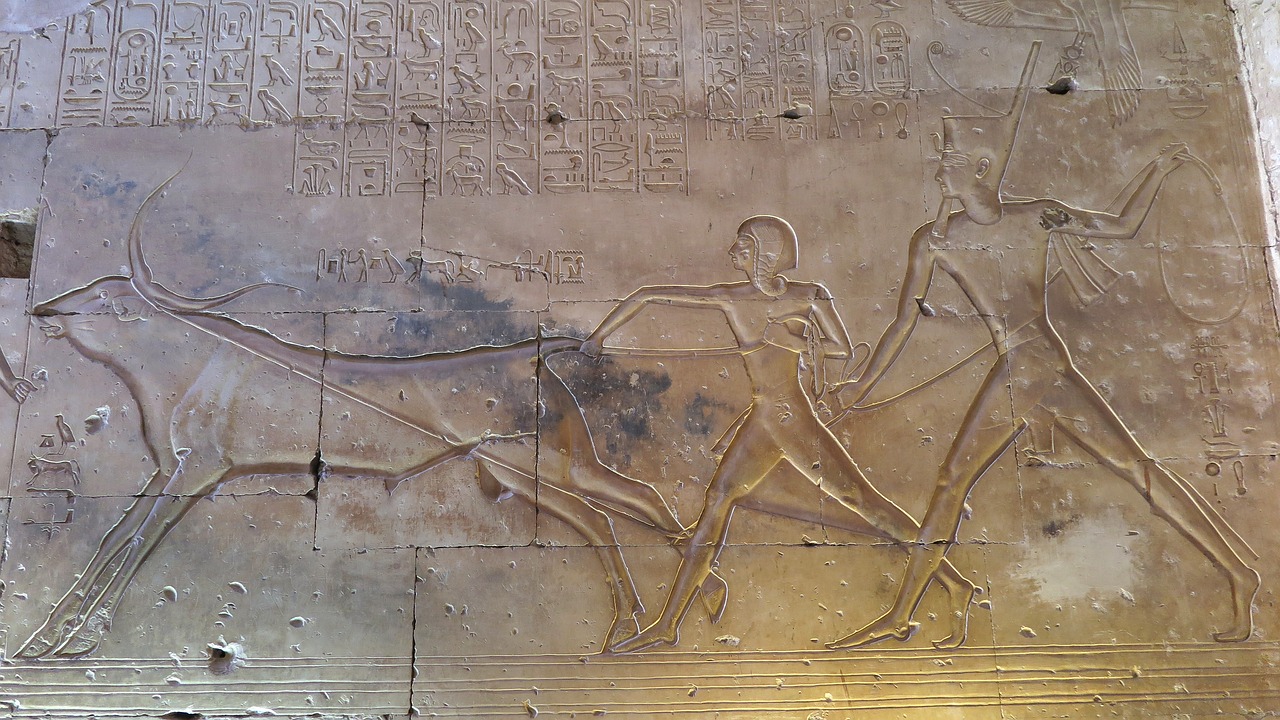
Amun: The Ancient Egyptian God of the Sun and Air Amun, alternatively known as Amon, Ammon, Amen, and Amun-Ra, is a significant deity in ancient Egyptian mythology symbolizing the sun and air. His influence surged at Thebes around the onset of the New Kingdom (circa 1570-1069 BCE), marking him as one of Egypt’s most revered…
-
In Irish legend, Goibniu (pronounced ˈɡovʲnʲu, with the modern variation being Gaibhne) is recognized as the legendary metalsmith of the Tuatha Dé Danann. Revered as a deity of smithing, he is also connected with the principle of hospitality. His character draws parallels to Gofannon from Welsh mythology and Gobannus from Gaul. Etymological Origins Goibniu’s name…
-
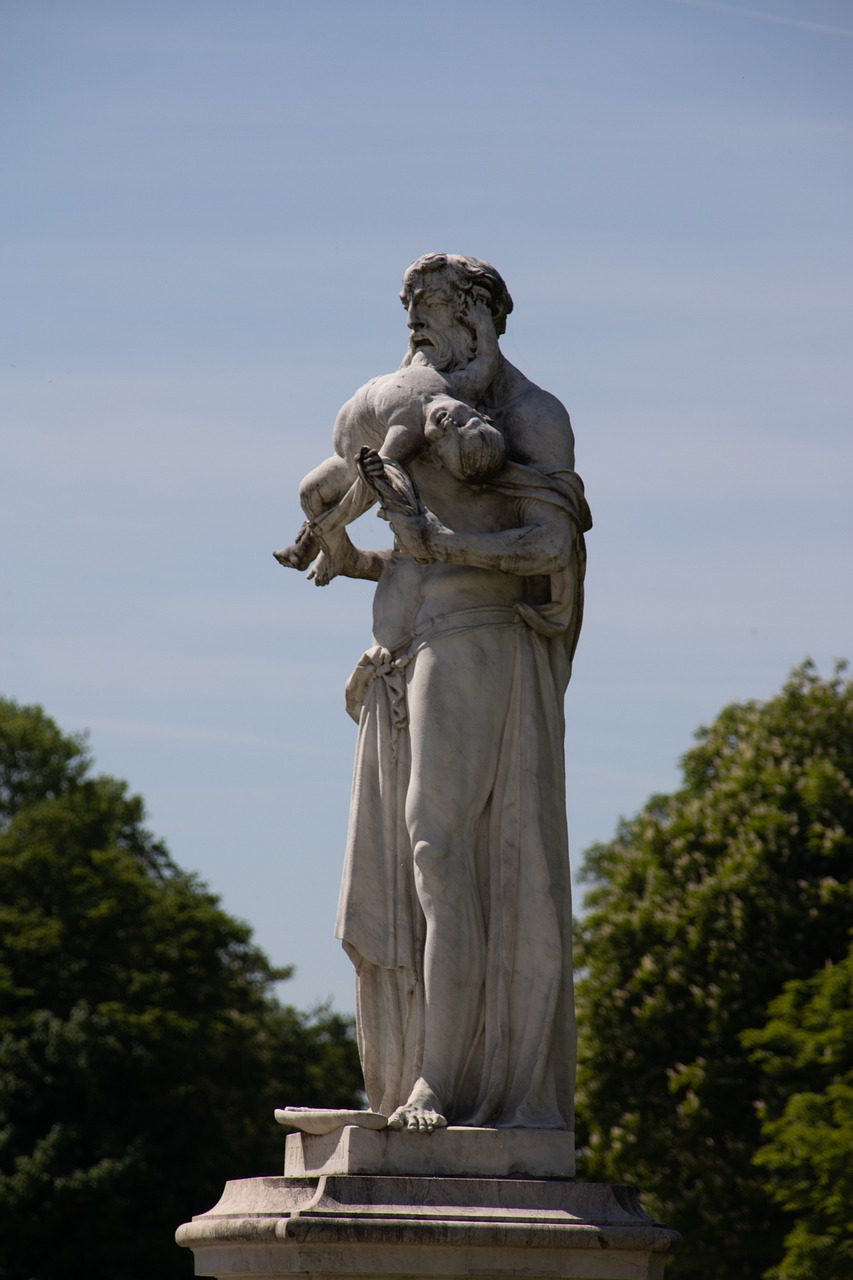
In the realm of Greek mythology, Cronus, often spelled Kronos, is a pivotal figure classified as a Titan and recognized as the youngest offspring of Uranus (the sky) and Gaia (the earth). Known for usurping Uranus, Cronus ascended to become the first sovereign of the universe, governing alongside his Titan siblings. He united in matrimony…
-

99% Invisible is a captivating podcast hosted by Roman Mars that delves into the often-overlooked elements of design and architecture that influence our daily lives. With about 500 million downloads, this sound-rich narrative podcast is celebrated among the top contenders on platforms like Apple Podcasts and Pandora, available through various RSS feeds and apps. SiriusXM…
-
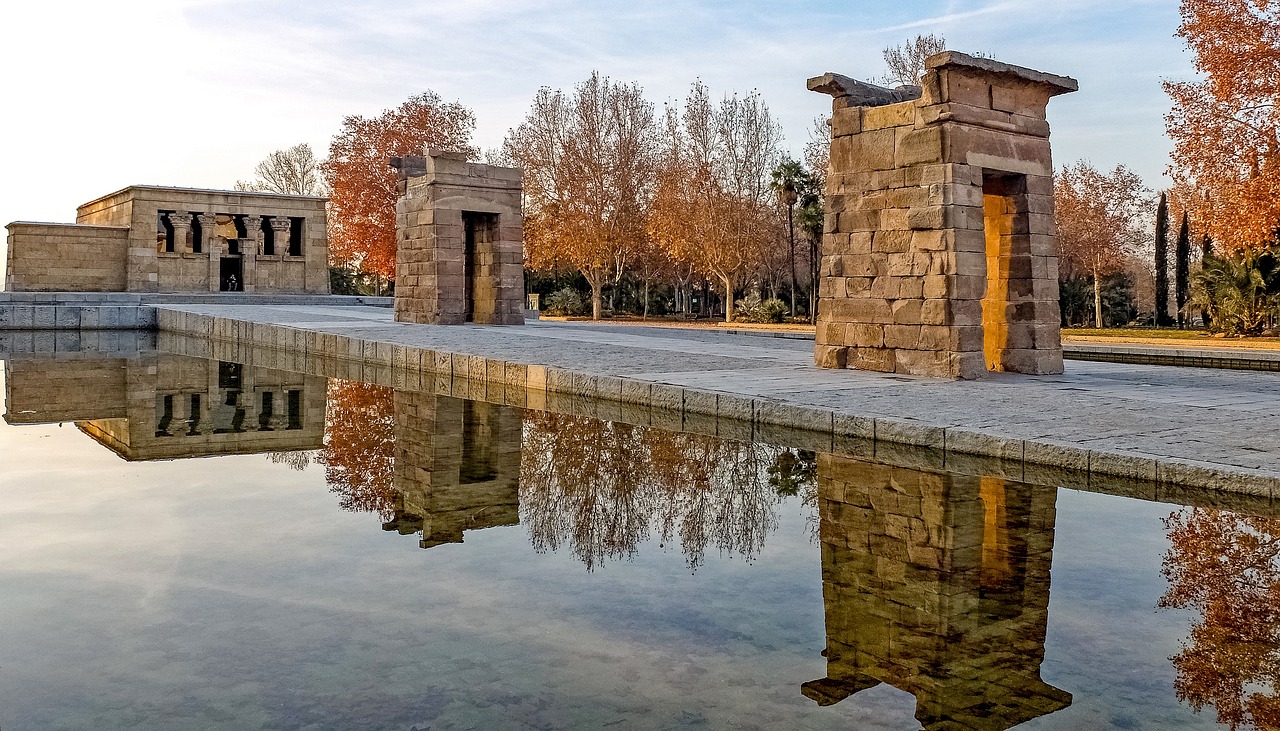
Amon, also known by various names such as Amun, Amen, or Ammon, was a principal deity in ancient Egyptian religion, regarded as the king of the gods. Initially part of the Hermopolite creation myth with eight deities, Amon’s worship propagated to Thebes, where he became the recognized patron of the pharaohs during the rule of…
-
Banba’s Crown, situated at Malin Head in Inishowen, County Donegal, represents the most northern point of mainland Ireland (Irish: Cionn Mhálanna, Inis Eoghain, Contae Dhún na nGall). Its designation honors the goddess Banba, who is associated with Irish folklore. Legend has it that Banba is one of the three deities—alongside Ériu and Fódla—who served as…
-
To comprehend the essence of healing and refine our approach to the caring profession, we must explore various historical figures. Sir William Osler remarked on the importance of delving into history, noting that we “must come to the land of the Nile for the origin of many of man’s most distinctive and highly cherished beliefs.”…
-
Bealtaine, celebrated on May 1st, holds significant importance in Irish mythology as the herald of summer for ancient Irish ancestors. The festival is strongly linked to the Hill of Uisneach—known as “Cnoc Uisneach” in Irish—located in County Westmeath, where it was believed grand fires were lit to mark the occasion. Archaeological evidence reveals substantial deposits…
-
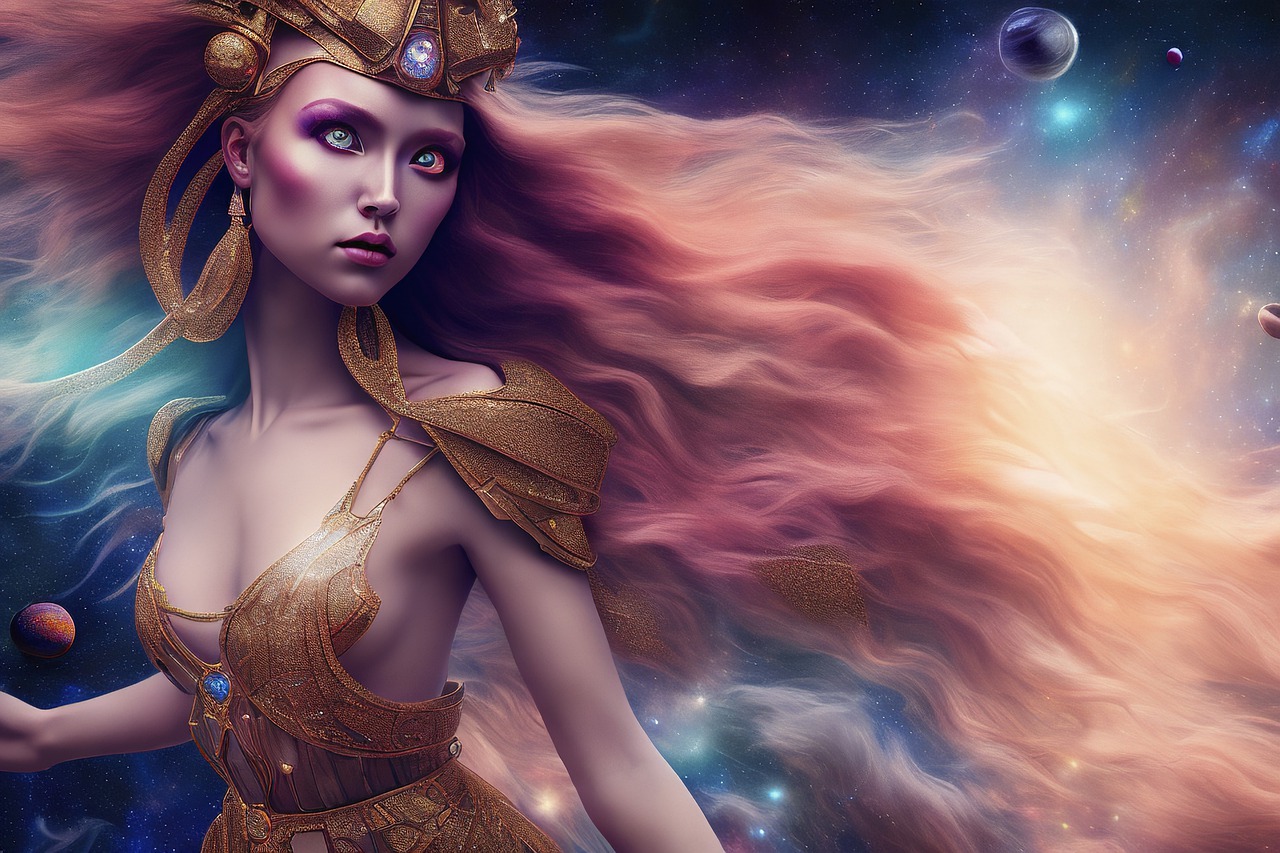
The Irish Morrigan: Deity of Life, Death, and Transformation The Morrigan, an ancient and multifaceted Irish goddess, finds her roots traced back to prehistorical times, illuminating her role as a vital figure in the pantheon of deities known as the Great Goddess across Europe. Historical artifacts suggest that she served as a bridge between the…
-

Understanding Tellus: Key Insights for Your Exam Preparation Tellus, often thought of as Terra in Latin, stands as a significant figure in Roman mythology, representing the Earth. She is closely linked to themes of fertility, agriculture, and abundance, embodying the nurturing qualities of the Earth. This personification mirrors the agrarian characteristics of Roman society, which…
